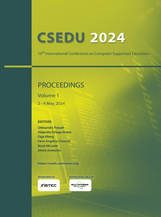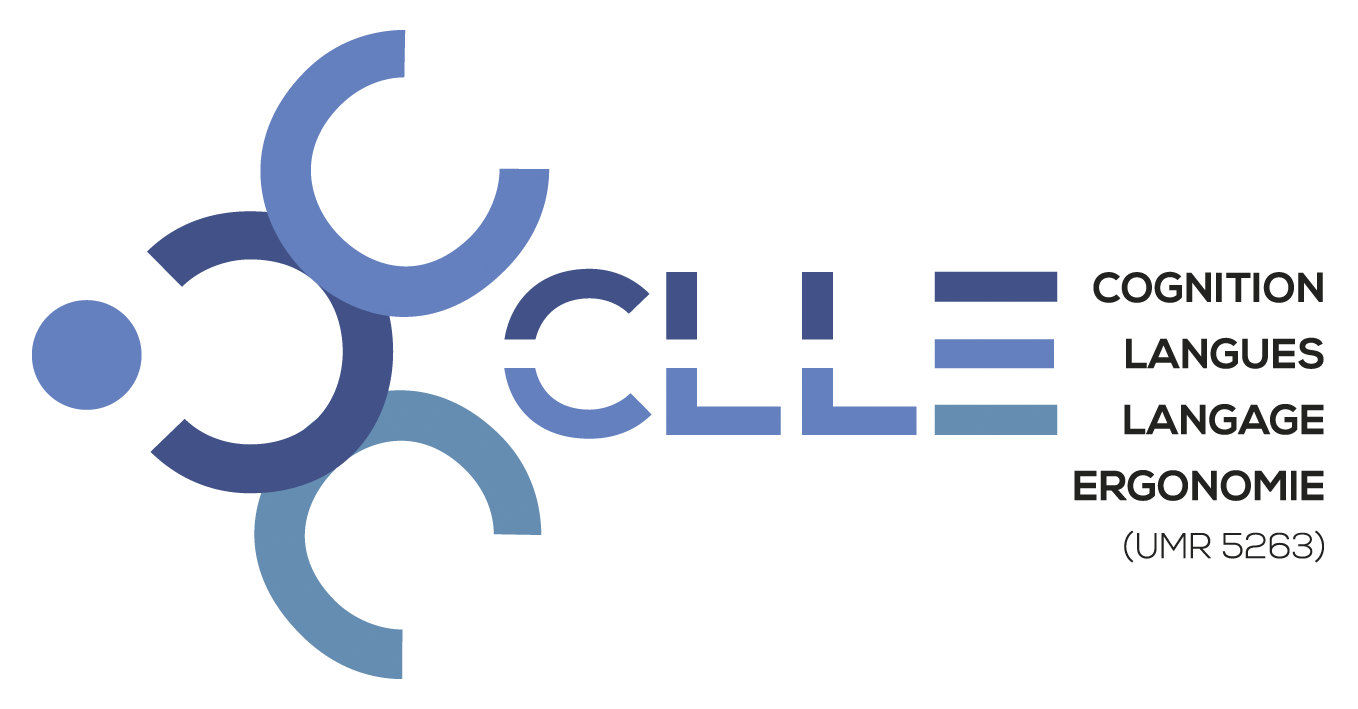-
Partager cette page
Proceedings of the 16th International Conference on Computer Supported Education - (Volume 1)
Aesthetics as a Decisive and Motivational Factor for Online Training
Publié le 14 mai 2024 – Mis à jour le 14 mai 2024
Anaïs Niveau and Jean-Christophe Sakdavong (CLLE)
ISBN: 978-989-758-697-2
ISSN: 2184-5026
DOI: 10.5220/0000180500003693
https://www.scitepress.org/PublicationsDetail.aspx?ID=zg8jEtIY+2Y=&t=1

In an increasingly competitive world, including that of online education and training, it is important to stand out from the crowd if one wants to attract learners, and therefore customers.
Studies show the importance of a website’s credibility in influencing the intention to buy a service, while others show the impact of a teacher’s credibility on motivation to learn. Researchers have also shown that an important factor in an individual’s assessment of credibility is based on visual appearance, or “aesthetics”. This is why we wanted to check that, for the same training content, an individual would be more inclined to opt for a site that he or she considered aesthetically pleasing than for another that he or she did not consider aesthetically pleasing. We therefore had 2 training websites evaluated, one “aesthetic” and the other “non-aesthetic”, divided randomly between 2 groups of participants (82 in total). The results of our survey show a preference for the “aesthetic” site when i t comes to evaluating the credibility of the site, the credibility of the training, the intention to buy and the motivation to learn. We then suggest some avenues for future research.
Studies show the importance of a website’s credibility in influencing the intention to buy a service, while others show the impact of a teacher’s credibility on motivation to learn. Researchers have also shown that an important factor in an individual’s assessment of credibility is based on visual appearance, or “aesthetics”. This is why we wanted to check that, for the same training content, an individual would be more inclined to opt for a site that he or she considered aesthetically pleasing than for another that he or she did not consider aesthetically pleasing. We therefore had 2 training websites evaluated, one “aesthetic” and the other “non-aesthetic”, divided randomly between 2 groups of participants (82 in total). The results of our survey show a preference for the “aesthetic” site when i t comes to evaluating the credibility of the site, the credibility of the training, the intention to buy and the motivation to learn. We then suggest some avenues for future research.





